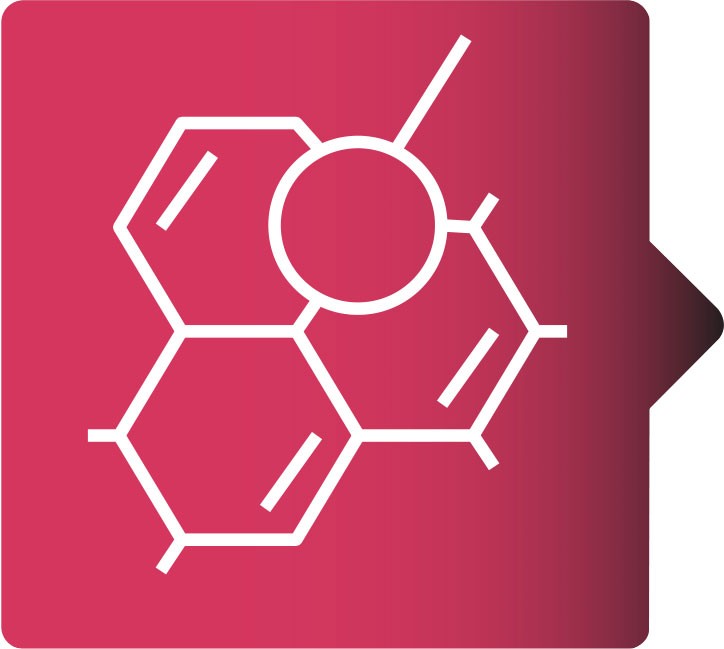Metabolic Imaging Of Cancer Using CT

The Problem
Current conventional structural diagnostic modalities do not detect evident of cancer lesions at early stages as they are not cancer-specific.

The Solution
The functional imaging FDG-PET provides the ability to visualize cancer cells based on their increased glucose metabolic activity and can detect tumor presence at early stages that conventional structural diagnostic modalities do not yet detect any evident lesions.

The Commercial Benefit
The functional imaging FDG-PET provides the ability to visualize cancer cells based on their increased glucose metabolic activity and can detect tumor presence at stages that conventional structural diagnostic modalities do not even detect any evident lesions.

Market Potential
The cancer imaging market is a very large market, According to a recent market report, the global cancer diagnostics market is expected to grow at a CAGR of 7.6% from 2014 to 2020 and reach an estimated value of USD 168.6 billion in 2020. Cancer diagnosis through imaging modalities constitutes the largest portion in the cancer imaging market and is expected to grow at a CAGR of 8.2% from 2014 to 2020.

Target Markets/Industries
- Cancer imaging market
- Cancer research laboratories
- Cancer research foundations
- Cancer organizations

Intellectual Property
Patent application pending (PCT/IL2019/050480)

Team: Primary Inventor
Prof. Rachela Popovtzer
- Rachela Popovtzer is an Associate Professor in the Faculty of Engineering at Bar Ilan University and a member of the Nano-Medicine Center at the Bar-Ilan Institute of Nanotechnology and Advanced Materials (BINA).
- Prof. Popovtzer is currently the head of the Bioengineering track and the Laboratory for Nano-medicine.
- Rachela Popovtzer is a winner of numerous international grants and awards, such as the Intel Prize, the EU Environment and Living foundation Prize, and the ATOL Charitable Trust Fellow in NanoMedicine.

Future Research
In vivo studies

The Opportunity
We invite diagnostic companies to license our patent through a licensing agreement with a sponsored research.

